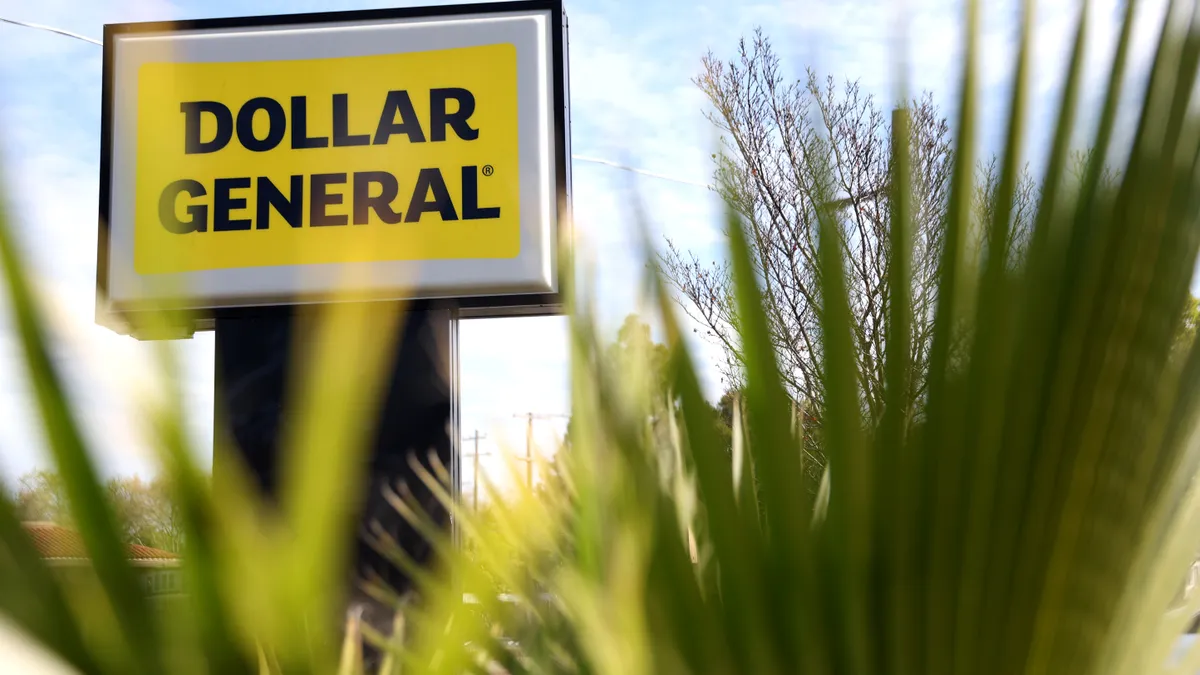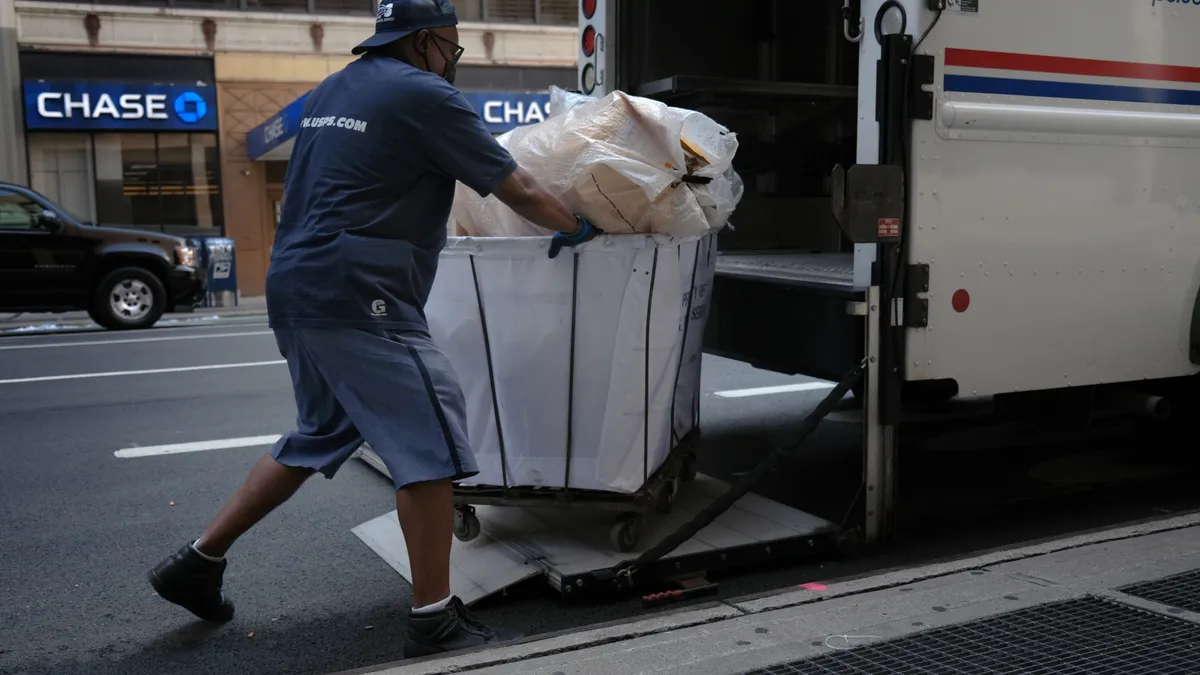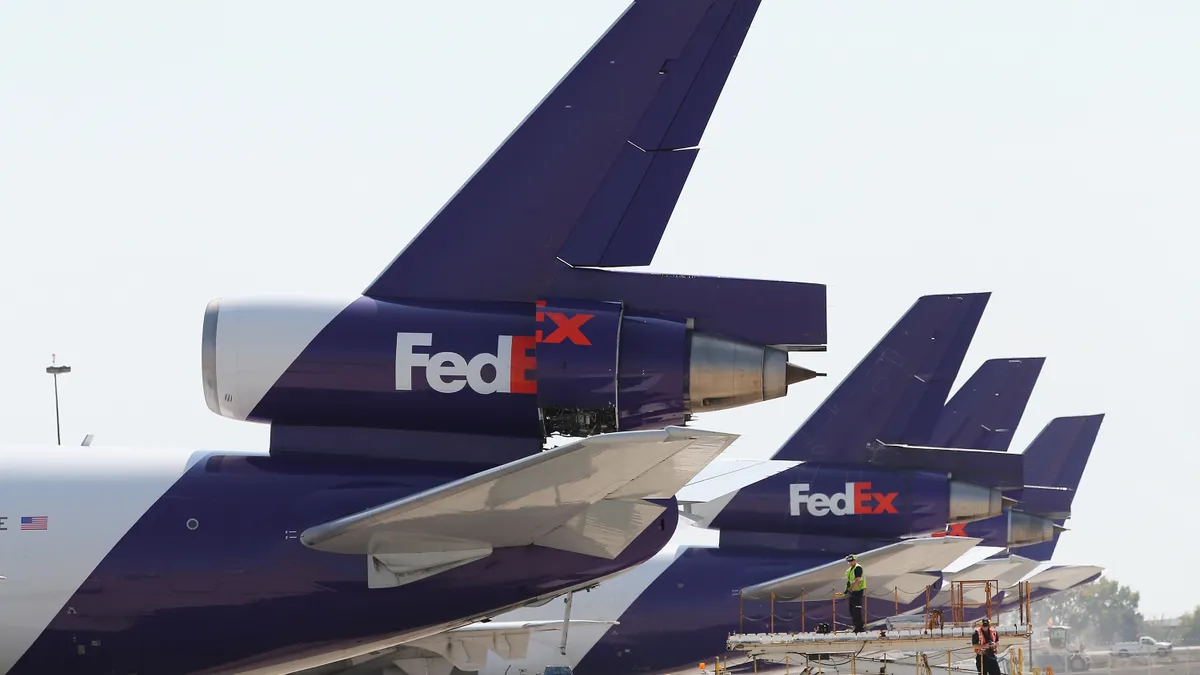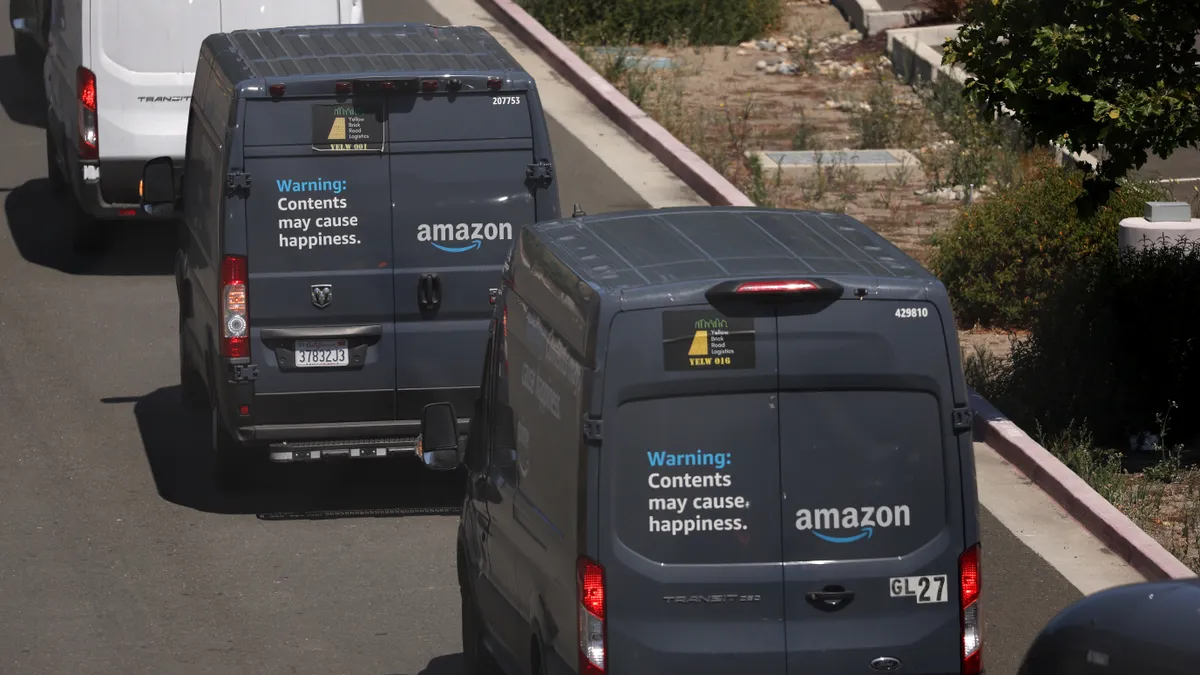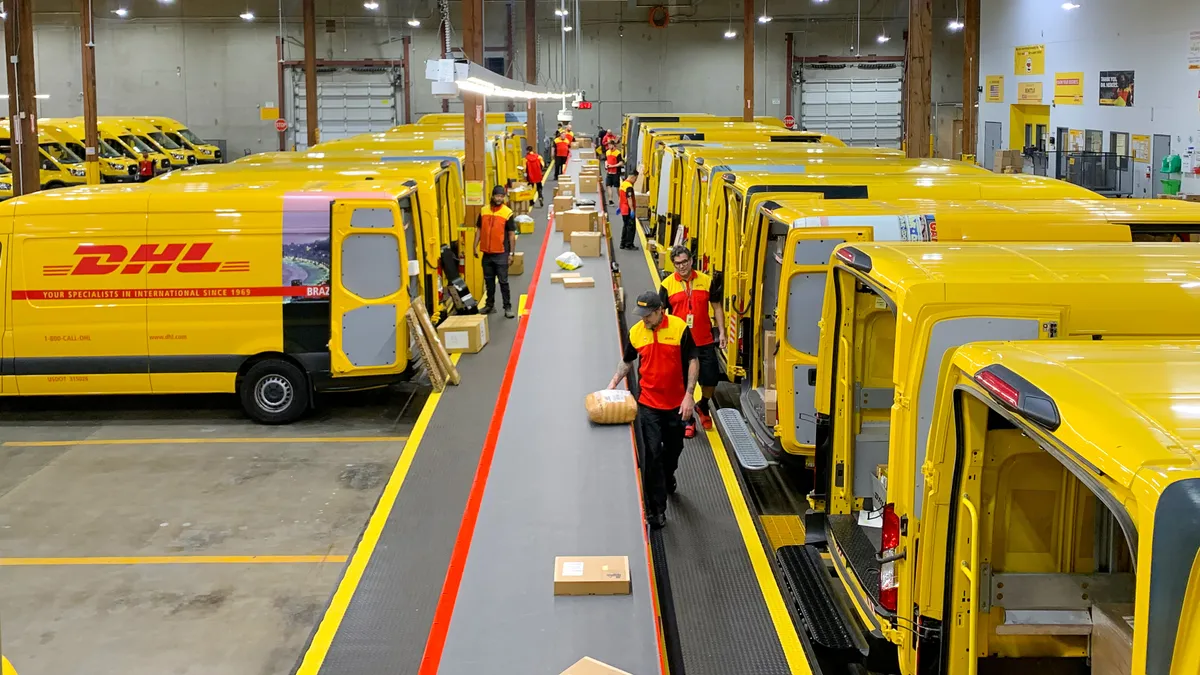PepsiCo has more than 70,000 fleet assets in North America, Fleet Sustainability Manager Emily Conway said during a February webinar. That includes Class 2b vans up through Class 8 trucks. And Transport Topics lists it as the largest private fleet in North America.
With all those vehicles, greater fuel efficiency and less pollution have been the company's target metrics for years. The food and beverage giant has long been integrating aerodynamic devices, lightweight equipment and other tactics for improving fuel efficiency in a diesel truck.
Still, PepsiCo has a goal to reduce direct emissions by 75% by 2030, which means its current fleet will need to transition to modern equipment.
Large-scale electrification, however, is more difficult than simply writing a check to an OEM. Battery and hydrogen technologies aren't developed enough to where they are fully economically or operationally viable. And infrastructure is a long way from being implemented at the necessary scale.
Preparing for years into the future, while not neglecting current needs, takes balance, Conway said during The State of Sustainable Fleets program, hosted by Gladstein, Neandross & Associates, on Feb. 22.
"Planners know that, if you have a truck that goes down today, you have to replace it," she said. "But then it's also balanced with long-term asset planning, strategy, capital planning, etcetera."
Mind the mix
Part of that balancing act is understand what's available today and what's coming down the pike. Many stakeholders believe the future of zero-emissions vehicles will be a mix of models and drivetrains, and PepsiCo is already embracing variety.
The company has more than 400 million miles on compressed natural gas, operating 700 CNG tractors that are mostly fueled by renewable natural gas, Conway said. And it recently began using renewable diesel at a couple of facilities in California.
PepsiCo is also working on a "large-scale rollout and implementation of electric vehicles," she added, though it has already operated more than 11 million all-electric miles.
"We don't believe there's a silver bullet for a sustainable fleet," she said. "We always need to be putting the most efficient truck on the road that we can [that] suits our duty cycle. But we also have to think about, you know, how do we really change things? How do we really result in true emission reductions?"
"We don't believe there's a silver bullet for a sustainable fleet."

Emily Conway
Fleet Sustainability Manager at PepsiCo
Each type of truck has a different list of pros and cons, according to Conway. And as PepsiCo introduces a new one to its fleet, it must ensure it integrates with the equipment that is already operating.
PepsiCo is likely to continue updating its electrification strategy on a annual basis, as more data comes out and the technology develops, Conway said. But, put simply, any long-haul trucks still run on diesel, and medium and other shorter hauls use CNG.
When it comes to renewable diesel, the pro is that it's "an automatic win where it's implemented" because it's a drop-in fuel, she said. No new equipment is required. The challenge is availability regarding volume and location. There aren't that many fueling sites to begin with, and most are located on the West Coast.
Using CNG and electric vehicles, on the other hand, are more difficult than dropping in a different fuel. They make a larger impact on emissions, but they require more change management and training, Conway said. Particularly with EVs, infrastructure adds a layer of responsibility — one that's outside the typical scope of a trucking company.
Facing the changes
A trucking firm's assets traditionally refer to tractors and trailers. But with EVs, charging infrastructure enters the picture, and with it comes new parameters for planning, ownership and maintenance.
"I would actually posit that infrastructure is the new frontier of asset management for teams that have historically been truck people, right?" Conway said.
Traditionally, those job functions have focused on maintenance and operations, she added. But now fleet managers also have to make sure routes have suitable range and capability, minding the proximity to recharging or alternate-fueling stations.
Or, infrastructure may not fall under the purview of the fleet manager, Charlotte Argue, senior manager of fleet electrification at Geotab, said during the webinar. It may be part of the facility manager's role or be contracted out to a third party.
"It is a brand new world. I think a lot of lessons being learned and a lot to share," she said.
Anything new requires some training. Drivers and technicians are part of the change-management process at PepsiCo, so they must be trained when technology is being rolled out.
But leadership also needs to be trained, Conway said. And that's something she said she feels isn't frequently talked about. With such significant changes that will scale greatly at a large enterprise such as PepsiCo, Conway's team must get executives on board so they can provide the necessary support.
She gave the headquarters engineering team as an example. It designs new or expanding sites, so the engineers may as well include infrastructure to support PepsiCo's current and future trucks. That means engineers need training, including on how much charging is required for a given amount of tractors.
To help navigate that "new frontier" and manage the green transition, PepsiCo developed its Electrification Site Prioritization tool — referred to by employees as the ESP. It pulls from multiple data sources to prioritize where in the network are candidates for greener equipment. The ESP takes GPS data, existing fuel types and other pieces of information into consideration. It also helps the company understand how it's balancing fuels and OEMs, Conway said.
Risky business
There's still much to be fleshed out, when it comes to greener equipment. Investing at the early stages does involve risk, and every fleet has a different appetite for it. Argue noted that creating sustainability is more than just switching the fuel or procuring technology.
Fleets should look at their current management practices as a whole before making any investments. Few fleets are "perfectly optimized," she said.
"If you take a sub-optimal fleet and do a one-to-one replacement of those diesel and gas vehicles with EVs or with CNG or renewable gas, you're not going to actually maximize the benefits of that new technology," she said.
According to Argue, items to consider while weighing the business case for greener equipment include:
- The total cost of switching to one type of technology, versus another type, versus business as usual.
- The actual trip history of the vehicles being replaced, such as how far the vehicle is driving everyday and if it's returning to base at night.
- Current operating costs, including fuel, compared to the cost of alternative fuels.
- Driving conditions the vehicles are subject to, such as many starts and stops, amount of highway driving, and seasonal weather factors.
PepsiCo has more resources than the average fleet, but its vast network means there's more at stake if an error occurs. The company is taking on greener equipment in smaller numbers to start, with plans to scale up if everything goes as desired.
"We want to we want to learn, right? But we also don't want to have stranded assets," Conway said.
The idea of balance comes into play once again, she added, this time weighing risk against preparing for the future. Current equipment is more expensive and less efficient than PepsiCo would like, but it's betting on development. It's one of the reasons the company is getting involved in these earlier stages.
"We are helping shape the truck that's going to be produced next," Conway said. "Sure, we have risks associated with a small handful of trucks. But it's actually mitigating the risks associated with the entire future of our fleet."







